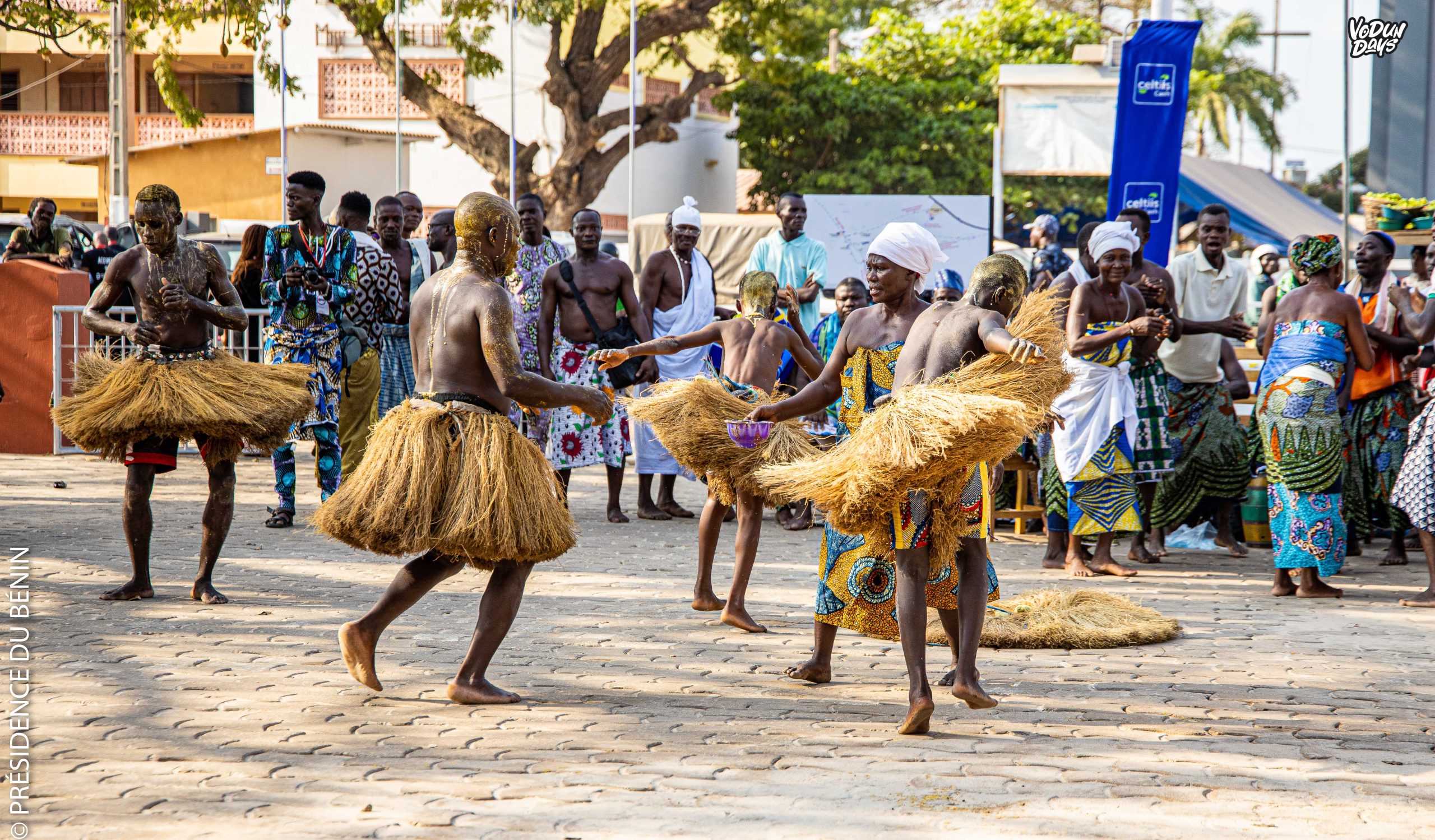
Voodoo (or Vodun) is an integral part of Beninese culture, originating in the region and shaping spiritual and social life for centuries. Unlike popular misconceptions, Voodoo in Benin is a respected and widely practised religion with ceremonies, rituals, and festivals that honour deities and ancestors.
The annual Voodoo Festival in Ouidah is a celebrated event in January, where thousands gather to witness traditional dances, ceremonies, and processions. It’s an immersive experience that sheds light on the rituals of Vodun and its significance in West African culture.

The Kingdom of Dahomey (which existed in present-day Benin) was a powerful West African empire from the 17th to the 19th century. The kingdom was known for its art, military prowess, and its legendary all-female regiment, often referred to as the “Dahomey Amazons.”
The Royal Palaces of Abomey, a UNESCO World Heritage Site, are reminders of this history. The palaces house intricate bas-reliefs and artefacts that tell the stories of the kingdom’s past and its rulers.

Benin is known for its bronze and brass casting techniques, an art form that dates back centuries. These artworks, such as sculptures and plaques, often depict historical and spiritual themes, particularly from the Dahomey period.
Wood carving, pottery, and textile weaving are also significant crafts in Benin. The traditional designs often carry symbolic meanings and are widely used in clothing and household items.

Modern Beninese artists are gaining recognition for their innovative works that blend traditional and contemporary styles. Artists like Romuald Hazoumèare known internationally for their sculptures, photography, and mixed-media art that often comment on social and political issues.
The Zinsou Foundation in Cotonou plays a major role in promoting contemporary African art, providing a platform for Beninese artists and hosting exhibitions that showcase both local and international art.

Beninese music is incredibly diverse, influenced by traditional rhythms, Voodoo ceremonies, and modern genres. Traditional instruments like the gong, drum, and balafon are commonly used in both sacred and secular music.
Afrobeat legend Angélique Kidjo, one of Benin’s most famous musical exports, combines traditional sounds with jazz, funk, and soul, bringing Beninese culture to an international audience. Dance is also an important part of cultural life, often performed during festivals and ceremonies. The dances are highly expressive and range from energetic, acrobatic movements to ritualistic gestures, often accompanied by rhythmic drumming.

Benin is a multilingual country with over 50 languages spoken, including Fon, Yoruba, and Bariba. Oral tradition is an important part of Beninese culture, with griots (traditional storytellers) preserving history, folklore, and family genealogy through stories, songs, and proverbs. These oral traditions are a vital means of passing down knowledge and values from one generation to the next.

Benin’s vibrant cultural heritage and warm hospitality provide a one-of-a-kind experience, highlighting lively traditions, enchanting music, and captivating dances. From breathtaking natural marvels to a mosaic of diverse cultures, Benin offers an unforgettable escape that will leave you eager for more.
Whether you’re embarking on a solo expedition, travelling as a couple, enjoying a family vacation, or exploring with a group of friends, allow us to assist you in creating cherished memories in Benin. Contact us today to start planning your dream trip, and let the enchantment of Benin unfold before your eyes